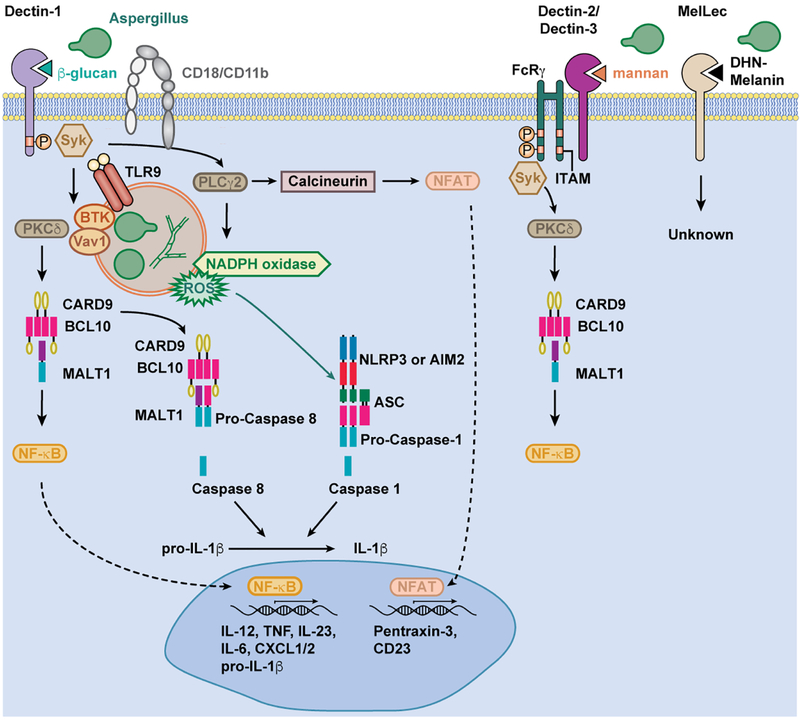Fig 2. Aspergillus ligands activate C-type lectin receptor signaling in myeloid cells.
A. fumigatus β-glucans activate Dectin-1 and CR3 signaling, resulting in Syk phosphorylation. A. fumigatus can activate the FcRy-coupled receptors Dectin-2 and Dectin-3 via mannan moieties, and MelLec via DHN-melanin exposure. Dectin-1/Syk and Dectin-2/Syk activation is transduced via PKCδ and CARD9 for assembly of the ternary CARD9/BCL10/MALT1 complex, NF-κB activation, and the transcription of NFκB-dependent genes, including pro-IL-1β and other cytokines. The assembly of NLRP3 and AIM2 inflammasomes results in proteolytic activation of caspase-1 and the production of bioactive IL-1β. Alternatively, ASC and caspase-8 recruitment to the CAD9/BCL10/MALT1 complex gives rise to active caspase-8 and bioactive IL-1β. CR3/Syk-dependent PLCγ2 activation is linked to NADPH oxidase assembly, the production of reactive oxygen species, and calcineurin-dependent NFAT activation. NFAT-dependent genes include pentraxin-3 and CD23. Dectin-1 can interact with VAV1 and BTK to facilitate macrophage fungal phagocytosis. BTK may also promote calcineurin activation and the production of NFAT-regulated cytokines. The model depicts fungal killing in the phagosome.

